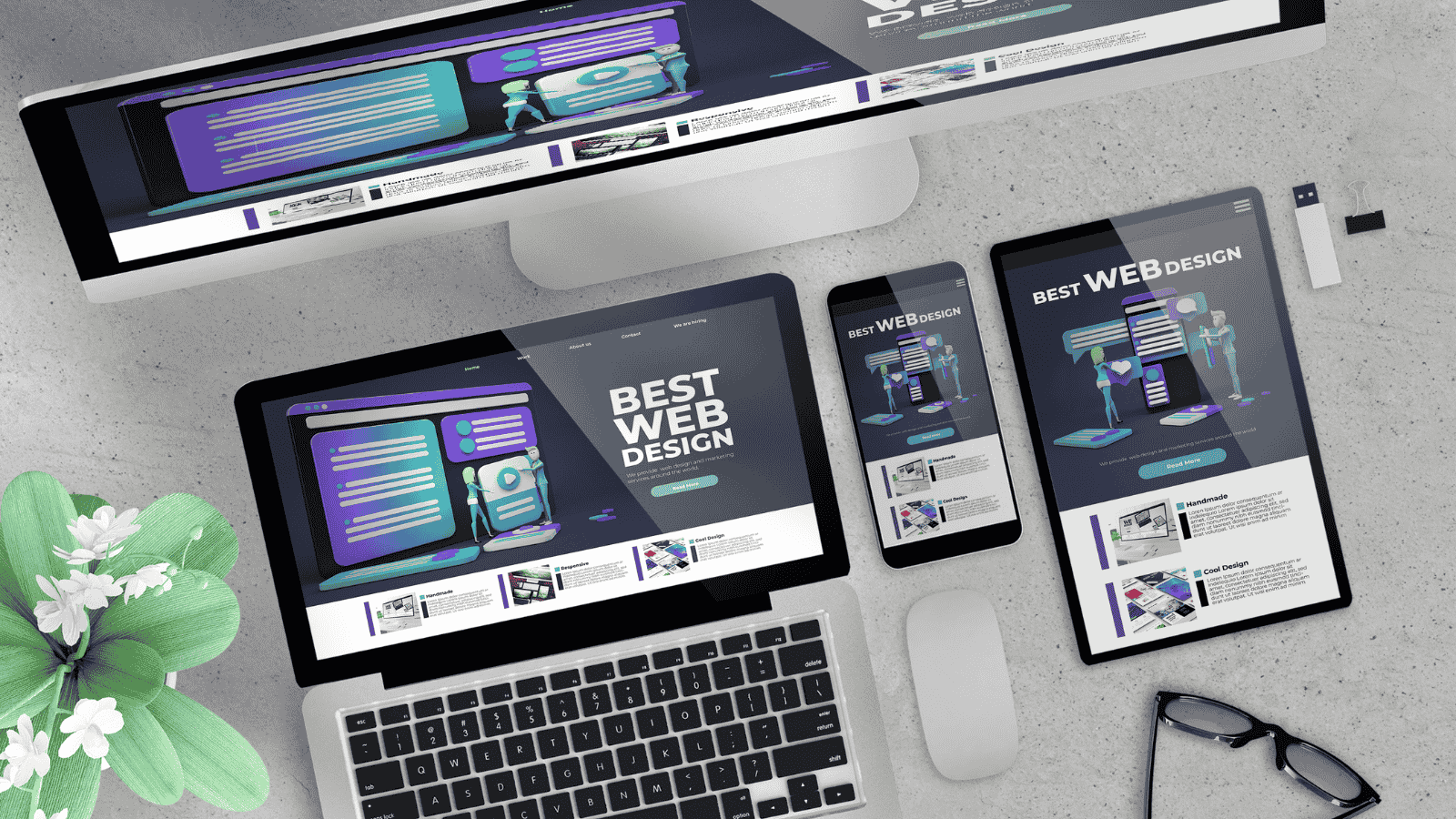The Connection You Didn’t Know You Needed
Imagine this: you’ve written the perfect blog post. It’s informative, engaging, and optimized for search engines. You hit publish, excited to see the traffic roll in. Days go by, but instead of surging views, your blog receives little attention. What went wrong? Could it be that web design, not your content, holds the key to success? Let’s explore How Web Design Impacts Content Marketing
The Surprising Relationship Between Web Design and Content Marketing
In content marketing, we often focus solely on the message—crafting compelling articles, blogs, and social media posts that engage the audience. But what if we told you that your website’s design might be undermining your content’s performance? Yes, how web design impacts content marketing goes beyond just aesthetics. It influences usability, user experience (UX), and how easily your message reaches its intended audience.

This keyphrase “how web design impacts content marketing” may seem like two separate entities, but they are closely linked. Without an optimized design, even the best content might not reach its full potential. Let’s uncover why.
1. First Impressions: You Only Get One Shot
Have you ever clicked on a website only to quickly navigate away because it felt unprofessional? That’s the power of design. Users form an opinion about your website in just 50 milliseconds. If your design fails to impress, no one will stick around to read your well-crafted content.
Good Web Design = Lower Bounce Rate
A clean, well-structured design keeps users engaged. It signals, “This site is professional and worth your time.” On the flip side, cluttered layouts or confusing navigation push visitors away, causing your bounce rate to spike. When that happens, your content doesn’t even get the chance to shine.

Learn more: 5 Simple Tips for Reducing Bounce Rates
2. User Experience: Make It Easy, Or They’ll Leave
Let’s say a visitor stays past the first impression—now what? User experience (UX) takes center stage. If people struggle to navigate your site, find content, or access additional information, they will likely lose interest.
How Web Design and User Experience Work Hand in Hand:
- Navigation is Key: Logical, easy-to-use menus help visitors move through your content smoothly. If they can’t find what they need, they won’t engage with your blog posts.
- Mobile Optimization: With over 50% of traffic coming from mobile devices, a website that doesn’t adapt to different screen sizes will miss out on half the audience.
Poor UX interrupts the content flow, causing visitors to disengage before they finish reading. This directly limits your content’s reach and performance.

Check out our Web Design Services for Small Businesses to optimize your site’s user experience.
3. Visual Hierarchy: Guide Your Readers’ Eyes
Web design doesn’t just make things look pretty; it guides users through your content. A well-executed visual hierarchy directs readers’ eyes to key points without them even realizing it.
How Visual Hierarchy Enhances Content:
- Font Size and Style: Using larger fonts for headers and subheaders allows readers to scan and find important points more easily.
- Color Contrast: High contrast between text and background helps ensure readability and content visibility.
- Whitespace: Giving your text room to breathe makes it more digestible.
Without visual hierarchy, readers may overlook crucial information, reducing the overall effectiveness of your content marketing.

For more tips, check out Why Web Design Matters for Content Marketing.
4. SEO: Design Influences How Google Sees You
Did you know your web design directly impacts your SEO? Elements such as load times, mobile responsiveness, and multimedia use can either boost or lower your search rankings. Search engines like Google prioritize websites that offer a user-friendly, fast, and mobile-optimized experience. A well-designed site enhances your SEO efforts, which increases the visibility of your content.
Key SEO Web Design Considerations:
- Site Speed: Slow websites frustrate users and negatively affect your ranking. Compress images and use lazy loading for faster speeds.
- Mobile Optimization: Since Google uses mobile-first indexing, ensuring your site works well on mobile devices is critical.
- Structured Data: Properly using headings (H1, H2, etc.) and metadata improves how search engines interpret your content.
A poorly designed site can drag down even the most optimized content.

5. Conversion Rates: Web Design Drives Action
Content marketing isn’t just about sharing information—it’s about driving action. Whether it’s signing up for a newsletter, buying a product, or sharing a blog post, your content must convert readers into engaged users. Web design plays a significant role in this.
How Web Design Impacts Conversion Rates:
- Clear Call-to-Action (CTA): Buttons should stand out, with compelling text that encourages action.
- Trust Signals: A professionally designed website often includes reviews, testimonials, or badges that establish credibility and boost conversions.
- Engaging Forms: Well-designed, easy-to-complete forms reduce user drop-offs and increase conversions.
Without these design elements, your content’s ability to convert readers diminishes.

The Final Piece of the Puzzle: How Design & Content Work Together
We’ve explored how critical web design is for the success of your content marketing strategy. What’s the takeaway? If your website design doesn’t meet the mark, even great content will struggle to make an impact. The two must work together seamlessly to boost traffic, engagement, and conversions.
Learn more about The DigiPalms Web Design Services and how we can help you create a seamless experience for your audience.
Ready to Boost Your Content with Better Web Design?
At TheDigiPalms, we specialize in creating beautiful, user-friendly websites that allow your content to shine. Don’t let poor web design hold back your marketing efforts—reach out today and see how we can transform your site!

